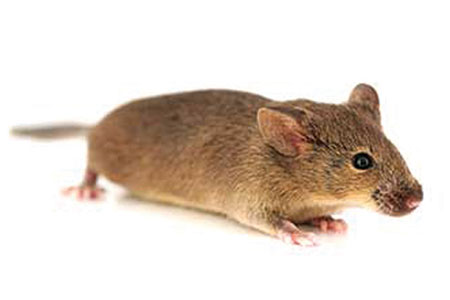 Proposed changes to the ICH S1 guidelines for rodent carcinogenicity testing of human pharmaceuticals would allow sponsors to waive the requirement for a two-year rat bioassay under certain conditions. A final ruling and guidance update are expected in June of 2018.
Proposed changes to the ICH S1 guidelines for rodent carcinogenicity testing of human pharmaceuticals would allow sponsors to waive the requirement for a two-year rat bioassay under certain conditions. A final ruling and guidance update are expected in June of 2018.
Re-Examining Carcinogenicity Testing
In 2011, Sistare et al. conducted a retrospective analysis of the data on two-year rat carcinogenicity and chronic toxicity studies in rats with 182 human pharmaceuticals, both marketed and non-marketed. Their analysis showed that a two-year carcinogenicity study provided little value if a compound:- Lacks histopathological risk factors for neoplasia in chronic toxicity studies
- Does not cause hormonal perturbation
- Is negative for genotoxicity
Assessing New Testing Options
Based on this work, and additional evidence that the two-year rat carcinogenicity study was of limited benefit in certain cases, an ICH Regulatory Notice Document (RND) announcing the evaluation of an alternative approach to the two-year rat carcinogenicity test was posted by the drug regulatory agencies (DRAs) in August 2013.Carcinogenicity Assessment Documents
To further assist the ICH S1 expert working group in revising the ICH S1, a prospective evaluation study was initiated in the same year. When evaluating a product, sponsors were to submit a carcinogenicity assessment document (CAD) assessing the findings in chronic toxicity studies and predicting either a positive or negative carcinogenicity outcome using a weight of evidence (WOE) argument. The DRAs would also independently evaluate the compounds and make their own predictions on carcinogenicity outcome.At the conclusion of their two-year bioassays, sponsors were to submit their carcinogenicity testing results to the ICH S1 expert working group for comparison with their CADs and with submissions from the DRAs.
Submission Categories
There are four proposed categories for CADs:- Category 1: highly likely to be carcinogenic in humans; therefore, a two-year rat bioassay is unnecessary
- Category 2: tumorigenic potential uncertain; therefore, a two-year rat bioassay is needed
- Category 3a: highly likely to be tumorigenic in rats, but not humans; therefore, a two-year rat bioassay is unnecessary
- Category 3b: highly unlikely to be tumorigenic in rats or humans; therefore, a two-year rat bioassay is unnecessary
By the end of December 2017 a total of forty-six CADs had been reviewed by the DRAs, twenty-four of which met the definition of Category 3a/b, exceeding the minimum requirement.
Submission Breakdown by Category
| Sponsor | DRAs | |
| Category 1 | 3 | 2* |
| Category 2 | 12 | 20** |
| Category 3a/b | 31 | 24 |
| Total | 46 | 46 |
Table 1. Category designation by sponsors and DRAs for CADs.
*Includes 1 case of split category 1/2 decision.
**Includes 2 cases of split 1/2 or 2/3a decision.
Table 1 summarizes the categories proposed by the sponsors and by the DRAs after review and discussion of the forty-six CADs in the review process. Sponsors proposed twelve studies in Category 2 and thirty-one in Category 3a/b, while DRAs classified twenty as Category 2 and twenty-four as Category 3a/b.
Initial Results Justify Further Review
To date, the DRAs have received and evaluated a total of seven Category 3a/b cases where summary reports of completed two-year rat carcinogenicity studies were available. When five of these were examined by the ICH S1 expert working group, they found no case where the results of the two-year rat bioassay were unequivocally different from the WOE assessment indicated in the CADs.The group thus concluded that the results of the interim analysis were sufficiently positive to continue evaluation of the remaining cases and to proceed to a final decision analysis. Their decision is expected in June of 2018.
Based on the extensive evaluation of rat carcinogenicity and chronic toxicity studies by the industry and DRAs over the last decade, in combination with the latest status report from the ICH expert working group, it is highly likely that drugs in Categories 1 and 3a/b will be able to waive the requirement for the two-year rat bioassay.
















.jpg)

.jpg)
.jpg)
.jpg)
.jpg)





.jpg)


.jpg)
.jpg)




.jpg)




.jpg)

.jpg)




